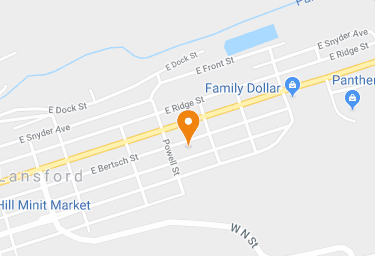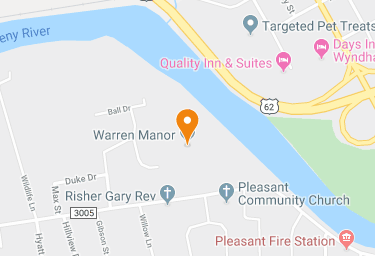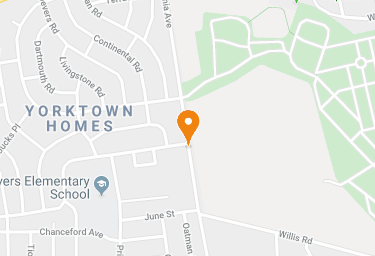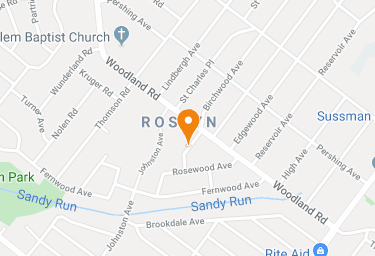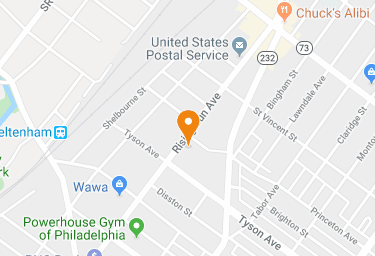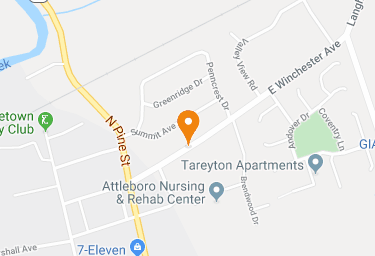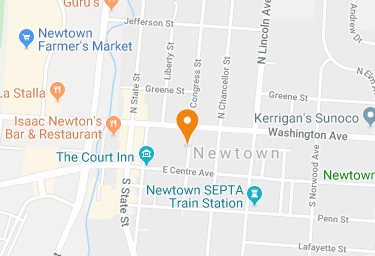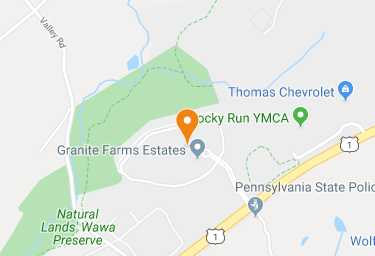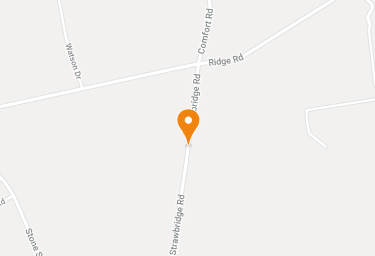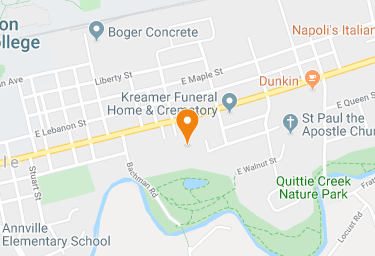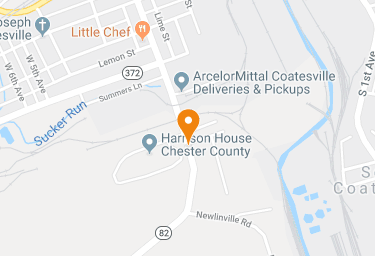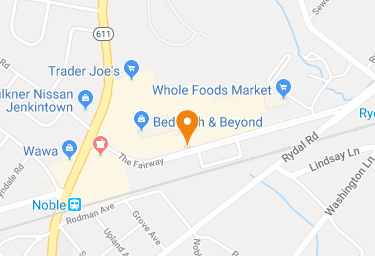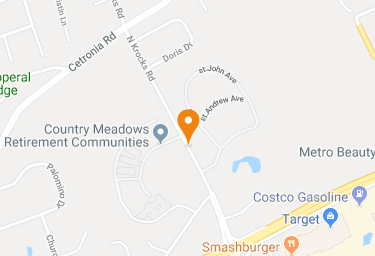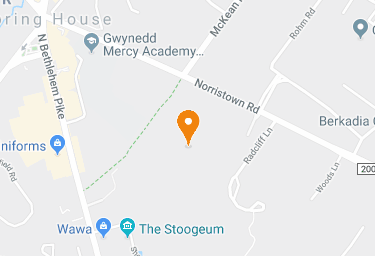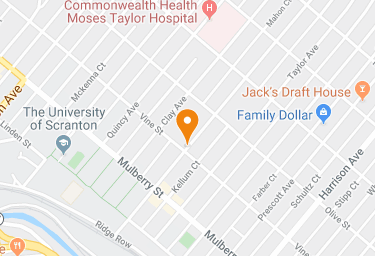Continuing Care in Pennsylvania, United States
Continuing Care Retirement Community: Everything You Need To Know

Everyone wants to retain their independence even after retirement. But at the same time, seniors may need medical services after some time. This is when the Continuing Care Retirement Community (CCRC) steps in.
A CCRC is an ideal senior living option to age in place. CCRCs combine independent living with assisted living, memory care, and nursing home. This allows seniors to live independently and access healthcare services as per their changing needs.
However, with the growing number of CCRCs, it is important to know which is the right community for your senior.
For this purpose, it is good to consider various factors, like the type of care, behavior of staff, the cost, the different services in a facility, etc.
Let’s read on to know all about continuing care for you or your senior loved one
What is the Continuing Care Retirement Community?
Today older adults can access many types of senior care.CCRC is a specialized and the ideal types for those who want homelike settings. CCRCs are retirement homes or communities that provide accommodations and arrangements for independent living and combine it with assisted living and skilled nursing care, offering seniors a continuum of care.
An elderly can live in a CCRC for the rest of his life, moving between various levels of care as needed. In the senior housing industry, CCRC is called “aging in place,” although it requires seniors to leave their original homes.
Healthy adults can live in CCRCs in a single-family home, apartment, or condo developments. They live independently as long as they can, which fosters a greater sense of freedom and improves the quality of life. Over time, when they need help, they can move to a skilled nursing or assisted living care.
Since seniors live within the same community for the rest of their life, they feel comfortable and build a strong relationship with their neighbors. This also gives the family members peace of mind that their loved ones are receiving the expected care and enjoying their life.
Demographics in the US and Canada
Typically, all living options of a CCRC in the USA are on a single campus. The size of the campus varies in size, although the average is around 330 units, which consists of 231 independent or congregate living units, 70 skilled nursing home beds, and 34 assisted living beds. On average, a senior in the USA lives in an independent living facility for 10-12 years, the assisted living facility for 1-2 years, and the skilled nursing facility for 1-2 years.[1]
There are more than 1,900 CCRCs in the United States. The top ten US states with the greatest number of CCRCs are Pennsylvania, Ohio, Florida, Kansas, North Carolina, Texas, California, North Carolina, Lowa, and Illinois. [2]
The average age of seniors entering the CCRCs has increased over time. In the 1970s, it was 76, and in the 1980s[3], it was 78, and in 2009, the average age of entrants was estimated to be approximately 80. In 2015, it was above 81.[4]
Life Care vs. Continuing Care
Continuing care provides either a full or a partial continuum of care to meet the residents’ healthcare needs throughout their aging. The monthly fee of CCRCs increases with the higher care levels required. Such services covered in the monthly fees include meals, housekeeping, transportation, maintenance, educational and cultural activities, etc.
Life care is a unique concept that enables seniors to focus on their health while building a level of financial protection to safeguard against future medical needs. This guarantees access to long-term health care so that they can age in place and access every aspect of health services. In addition to this, life care residents are guaranteed estate protection by paying an entry fee that is up to 90% refundable. This one-time payment is based on the size of selected residence and entitles the senior to lifetime residency and long-term care.
Continuing Care Retirement Community Types
Generally, CCRCs have three types of contracts. The fourth contract may or may not be available within a CCRC community:
Type A: Extensive or Life Contracts: These contracts are the costliest ones because they include unlimited assisted living and healthcare services with almost extra fees.
Type B: Modified Contracts: These types of CCRC contracts provide similar services to Type A. The only exception is the initial monthly fee includes only some health services. For additional services, residents have to pay market rates for services.
Type C: Fee-for-Service Contracts: This contract offers a lower initial enrollment fee. Residents pay market rates for health care services as per their requirements.
Type D: Rental Agreements require no entrance fee. These ensure access to CCRC services as per the requirements of seniors.
Services Offered in Continuing Care Retirement Community
CCRC residents can choose the type and amount of services they want according to their needs. These communities provide almost all care types seniors may need over their lifetime. These services include personal care, such as:
- Toileting
- Bathing
- Personal hygiene
- Dressing
- Meal preparation
Some seniors choose housekeeping services as well. Most of the CCRCs also provide emergency medical help available to the residents.
Many communities also provide transportation services to go to various locations. They provide various programs such as social activities, weekend outings, learning opportunities, etc. Services provided varies from one facility to another.
However, because these communities provide numerous amenities at various levels, they serve the versatile needs of the residents.
Ready to Search for a Continuing Care Retirement Community?
[search]
Continuing Care Retirement Community (CCRC) Costs
The cost of having your senior in a continuing care retirement community is usually a bit higher than other senior care types.
Use the following tool to figure out the cost of continuing care retirement community details by state and region. The tool displays the average costs for different types of continuing care retirement communities.
| Type of care | Average Cost in Region |
|---|---|
| Skilled Nursing Facilities Private Room Annual Rate: | $91,279.20 |
| Skilled Nursing Facilities Semi-Private Room Annual: | $77,573.45 |
| Assisted Living Facility Monthly Rate (2 bedroom): | $5,699.17 |
| Assisted Living Facility Monthly Rate (1 bedroom): | $5,048.10 |
| Assisted Living Facility Monthly Rate (Studio): | $4,361.03 |
| Registered Nurse Per Visit Rate: | $134.31 |
| Licensed Practical Nurse Per Visit Rate: | $121.60 |
| Home Health Aide Hourly Rate: | $22.63 |
(We can use a similar tool to help people find the cost quickly in any desired region)
The cost of continuing care depends on the location of the facility, type, and amount of services you choose.
The entrance fee can be $400,000 with a $3,000 monthly payment. Between 2009 and 2010, basic assisted living costs increased by 5.2% that adds to the cost of continuing senior care. [5]
According to the U.S. Government Accountability Office, the Type A entry fee ranges between $160,000 and $600,000 while the monthly fee is between $2,500 to $5,400. Type B entry fee is between $80,000 and $750,000 and the monthly fee is between $1,500 and $2,500. The cost for Type C entry fee is between $100,000 and $500,000 while the monthly fee is $1,300 to $4,300. Entry fee for Type D continuing care is between $1,800 and $30,000, while the monthly fee is between $900 to $10,700 depending on the level of initial care you choose. [6]
Choosing a Continuing Care Retirement Community
With many choices for CCRC facilities available, choosing the right one can be challenging for you. You can consider the following things when choosing a CCRC for your senior loved one:
Choose a licensed and reputable CCRC
Do your proper research before choosing any CCRC. Choose a facility that is licensed and reputed as these things speak of the credibility of a center.
Visit the facility
Get a feel of the lifestyle and environment provided in the CCRC community. Many communities have guest suits where you can stay for a few nights, eat in the dining facilities, interact with residents, and take part in activities, etc. This will give you a better idea of whether the environment suits your senior loved one.
Meet the Staff
Have a conversation with the staff to get familiar with their behavior. After all, your parents or grandparents will have to rely on them. The staff should be polite, energetic, and cheerful. Their behavior and conversation should reflect a positive attitude.
Review contracts and fee structure
It is important that you carefully review the contract you want to enter into before you sign it. Finding out the yearly price, checking the entry fee, refund policies, and options in case you outlive your financial resources are helpful.
Questions to Ask A Continuing Care Retirement Community
What are the levels of care typically offered in a CCRC?
A CCRC community could provide different levels of care such as independent living, Alzheimer’s and dementia care, assisted living, and skilled nursing.
Which activities does the community host?
Retirement is the time to spend more time on socialization and leisure. Finding a CCRC community that offers the opportunity to socialize and engage with like-minded peers can help your senior loved one stay happy, active, and healthy.
Can I afford a CCRC facility?
Learning in advance all about expenses, including entrance fees and monthly charges, helps make an informed decision. Even if you run out of money, you or your senior loved will still require care. It is advisable to meet with a financial advisor to determine which option fits your budget.
What is their occupancy rate?
A CCRC community with a high occupancy rate is a good sign of their services, level of care, favorable atmosphere, and pricing.
Will my insurance cover the cost of CCRC?
Chances are that your long-term insurance will cover some amount of the cost of CCRC. Not all communities accept insurance. It is recommended that you find out earlier if your insurance might cover some of the community’s fees.
How is day-to-day life in a CCRC?
CCRC facilities offer many opportunities to let seniors enjoy the good life every day. They provide many learning programs, fun social gatherings, special events, fine dining, and much more to keep residents entertained and happy.
What services are included in the monthly fee?
It is important to find out what type of services is included in your package. This becomes particularly important if you are considering and comparing two different facilities. Also, you may ask for the charges in case you need additional services in the future.
What is your refund policy?
If the CCRC you consider offers partially or fully refundable entry fees, ask if the apartment or house within the community should be resold before making a refund. Is there any time limit for a refund and are you or your heirs have to continue paying the monthly charges during the time period?
Other questions:
- What if I need assisted living or skilled nursing care? How will this impact my monthly rate?
- Does their monthly fee increase?
- What dining options do they provide?
- How old is the average resident in the community?
- Which agency regulates the CCRC?
- How do you ensure the freedom and independence of residents?
References
- Gregory T. Zebolsky. 28 July 2014. An introduction to continuing care retirement communities. milliman.com
- Jane E. Zarem, Editor. July 2010. Today's Continuing Care Retirement Community (CCRC). seniorshousing.org/
- Harris, Kathleen. 20 February 2017. CCRC Resident Demographics and Health Care Utilization: An Analysis. Kathleen Harris, Director A.V. Powell & Associates, St. Louis, Missouri
- Rob Love, Jen Adelman of Love & Company, and Lisa McCracken of Ziegler. 2015 CCRC Consumer Contract Preferences & Buying Behavior Study. Fall 2015
- Catey Hill. Jan 27, 2011. The Confusing Costs of Continuing Care. marketwatch.com
- Continuing Care Retirement Communities (CCRCs). seniorliving.org
We found 254 communities listed in this group and 51 jobs.

